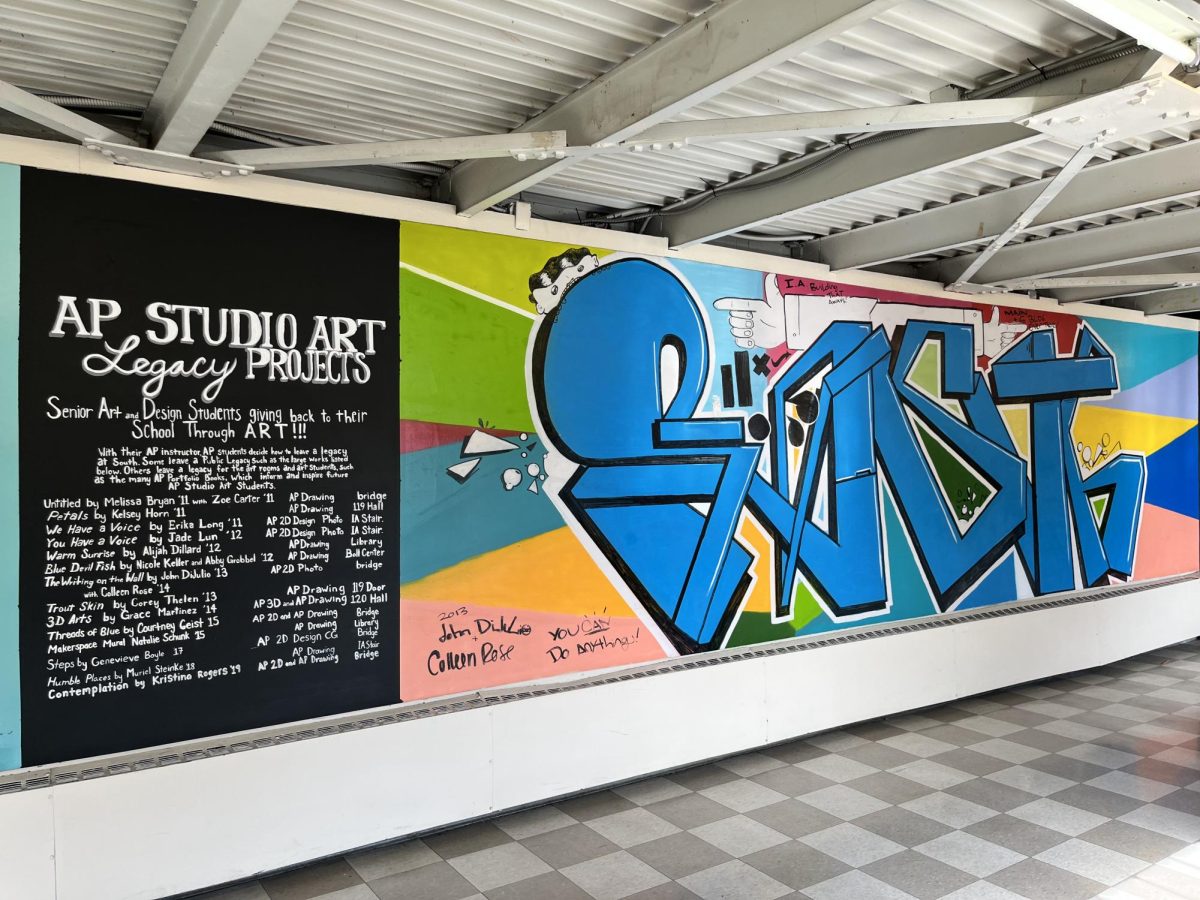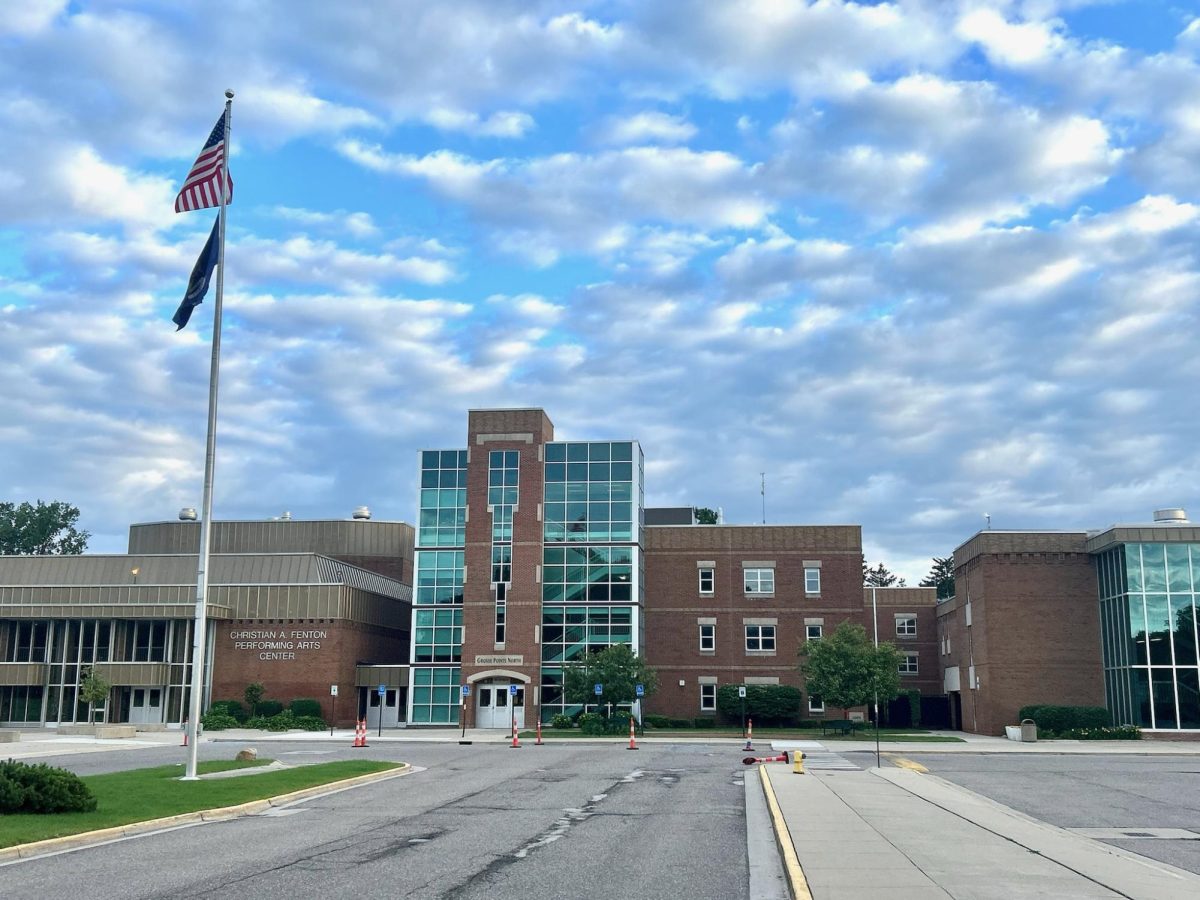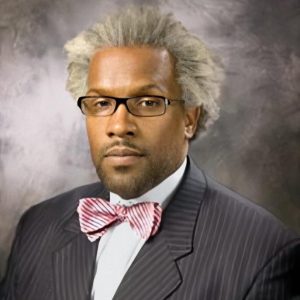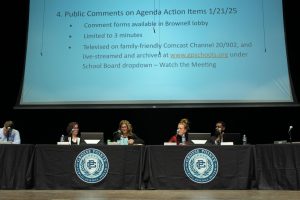Media mismanagement
Searching for justice with missing people of color
October 27, 2021

When it comes to missing people, social media is quick to grab the story and create an explosion of awareness and information for anyone to like, retweet and share.
Recently, the story of missing woman Gabby Petito took platforms like Instagram and TikTok by storm. The case is similar to the many other missing person cases you hear about daily; A missing person with some sort of positive influence- whether on social media, or in their community. Another seemingly unimportant aspect of the missing cases seen within the media is the fact that white missing people are discussed far more than their BIPOC counterparts. As reported by the FBI’s National Crime Information Center (NCIC), 2020 saw more than 89,000 missing person cases, 45 percent being BIPOC. A 2016 analysis from the Journal of Criminal Law and Criminology reports only one-fifth of missing people of color’s cases being covered by the media.
According to Zaria Jones ’22, race plays a major role in the seriousness taken by the public eye for cases like Petito’s. Jones believes society bypasses the search for missing people of color far more often than compared to their white counterparts.
“If a white person is in some sort of harm, it is viewed as an end all be all,” Jones said. “For people of color, this is different. Emmett Till, for example, was killed because a white woman falsely claimed he groped her. He was only 14 when that happened.”
Police officer Derrick Griffin said he sees the influence Petito had on social media before her disappearance as the reason platforms like TikTok picked up on her story. For him, that made the FBI’s quick involvement sound completely normal.
“I think the main reason why the story got so much notoriety is because of (Petito’s) status,” Griffin said. “The fact that she was an influencer, had a large following and was trekking across state lines, that’s what would have drawn the FBI to the case.”
Donovan Moody ‘23 stated other than the fact that Petito was an influencer and travel blogger, her race and the stereotypes often connotated with being white are both factors as to why the case was so popular among social media.
“In Gabby’s case, I think the fact that she was an influencer and was white made a lot of people acknowledge all of the good things she’s done,” Moody said. “In a missing person of color’s case, the attention might not be as positive. People always assume (people of color) might have been involved in a crime or some sort of illegal activity.”
Jones said she believes that racial stereotypes cause biases that often result in the attention a case gets. Negative biases may lead to certain ideas potentially damaging the results of a case, therefore needing to be coached and controlled.
“People need to train their biases,” Jones said. “I think the reason why so many of these (missing people of color) aren’t talked about is because of stereotypes. Black people are always assumed to be taking part in illegal activity, like doing drugs or becoming prostitutes. Any missing person situation regardless of race needs to be taken seriously. It’s better to be safe than sorry.”
According to Griffin, part of his role as a police officer is to not take race as an important factor when solving a case. No matter the circumstances, Griffin believes the reception he takes to a case is the same and that each case is as important as the others.
“For me personally, whether the case is an assault or missing person case, I believe in providing the same level of service to everyone,” Griffin said. “Regardless of race, socioeconomic status or age, I will always provide (an) approach that is both vigorous and diligent. As for the media, that is something I have no control over.”
For Jones, the presentation of stereotypes displayed in modern TV and social media leave viewers unknowingly consuming harmful ideas of people of color. Common stereotypes are ingrained in people’s minds and play a role in their perception of race.
“Overexaggerated stereotypes (in TV and media) influence people in real life,” Jones said. There are people who use AAVE (African-American Vernacular English) all the time but aren’t around any people who speak like that in real life. Where are they getting this lingo from? It’s from the media.”
According to Moody, creating both change within how society views people of color and equality among missing people are dependent on a change of societal views and the system as a whole.
“I think there can be change when it comes to negative pictures of people of color, but it really comes down to the system,” Moody said. “For example, over the past year with the 2020 Black Lives Matter protests, there were not many people could do besides try to have their voices heard. The change has to come from within the system, changing policy to make long term differences.”














































































